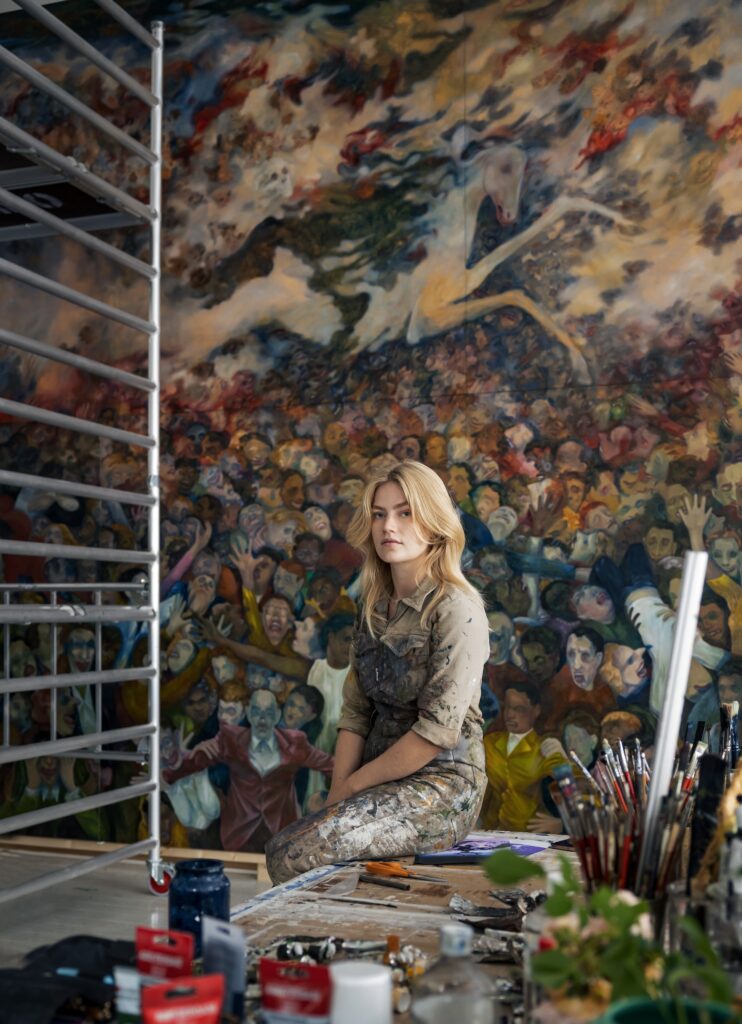Alle verhalen
Een bibliotheek met geestverruimende verhalen van kunstenaars, denkers en doeners die de wereld anders zien — meer dan 300 interviews en beeldessays op het snijvlak van leven, kunst en natuur.
238 Resultaten
Geen verhalen gevonden. Probeer de filteropties aan te passen.
Wordt geladen…




















